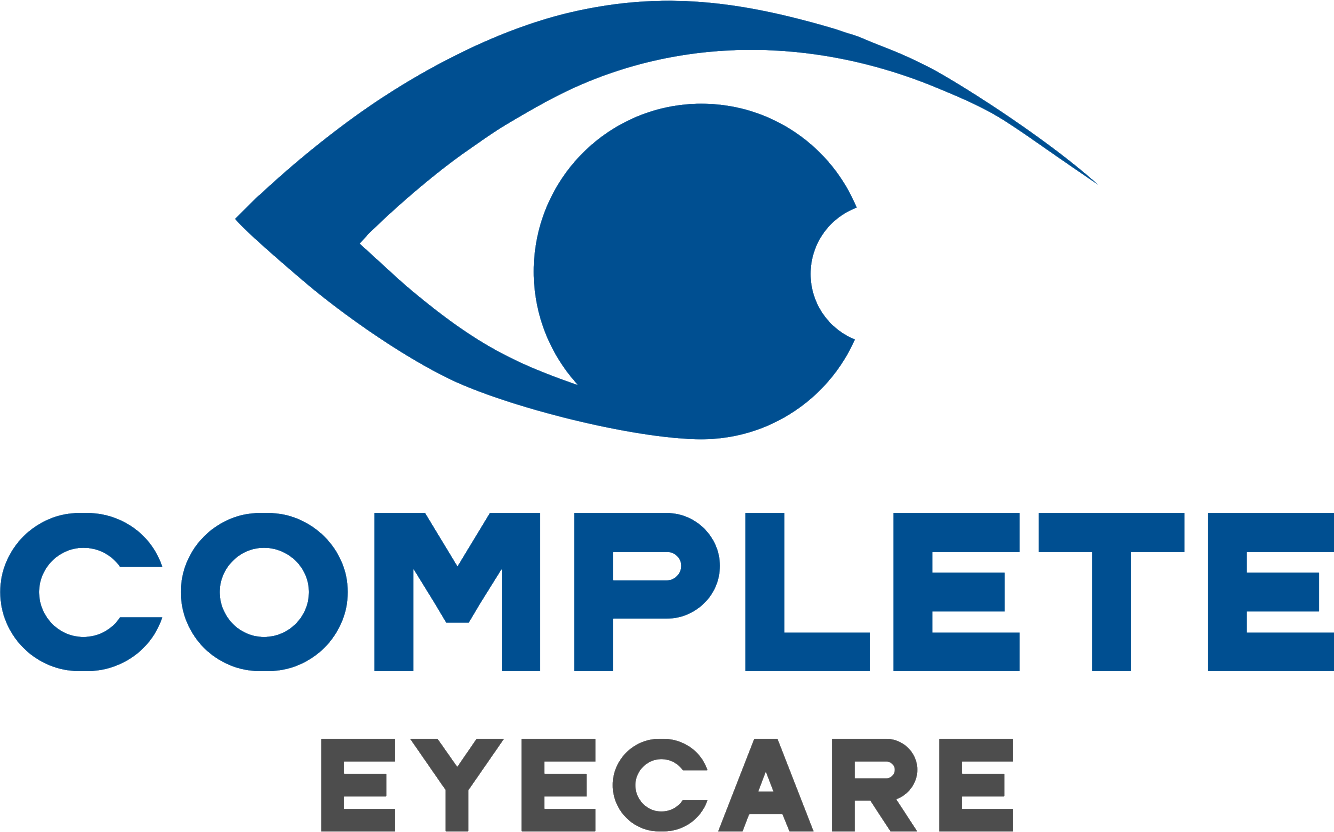
Vision therapy is an individualized, non-surgical treatment program designed to correct vision problems and enhance visual skills. Understanding its benefits, and common vision problems it treats can help you determine if it's the right fit for your needs.
What is Vision Therapy and How Does It Work?
Vision therapy is a personalized program aimed at improving and strengthening visual skills. It involves a series of exercises performed under the supervision of an optometrist. The exercises are designed to improve the functioning of the visual system and facilitate the brain's ability to control eye alignment, eye movements, and visual processing.
The principle behind vision therapy is neuroplasticity - the brain's ability to change and adapt in response to new experiences, development, learning, or injury. By repeating specific visual tasks, you can 'train' your visual system to work more efficiently. This training can help correct vision problems and enhance visual skills like eye movement control, eye coordination, contrast sensitivity, and visual processing speed.
Vision therapy also helps improve the coordination between the eyes and the brain. It's a holistic approach that goes beyond just treating the eyes.
Common Vision Problems That Can Be Treated with Vision Therapy
Vision therapy can be beneficial in treating a variety of common vision problems. These include:
Strabismus and Amblyopia
Strabismus, or crossed eyes, and amblyopia (lazy eye) are conditions often diagnosed in childhood. They involve a lack of coordination between the eyes, which prevents them from moving together correctly. Vision therapy can help manage these conditions, improving eye alignment and coordination.
Convergence Insufficiency
This condition is characterized by the eye's inability to maintain proper binocular eye alignment while reading or doing close work. Vision therapy can help improve this alignment and reduce related symptoms like headaches, blurred vision, and reading difficulties.
Learning-Related Vision Problems
Many children and adults struggle with learning-related vision problems, affecting their reading and writing skills. Vision therapy can help improve visual efficiency and processing, leading to improved reading speed and comprehension.
The Benefits of Vision Therapy for Treating Common Conditions
Vision therapy has many benefits. It offers a non-surgical, non-invasive treatment option for many common vision problems. Unlike corrective lenses, which compensate for vision problems, or surgery, which changes the anatomy of the eye or surrounding muscles, vision therapy aims to resolve the root cause of the issue.
By training the brain to use the eyes effectively, vision therapy can lead to lasting improvements in vision. It can help improve visual comfort, ease, and efficiency, leading to enhanced reading abilities, better school performance in children, improved sports performance, and an overall improvement in quality of life.
Another significant benefit of vision therapy is its potential to enhance binocular vision skills, which are essential for depth perception. This improvement can greatly enhance activities where depth perception is crucial, such as driving, sports, etc.
Consultation with an Optometrist
The optometrist will begin with a comprehensive eye examination. This will include tests to assess your visual acuity, eye movement and focusing abilities, and eye health. They may also conduct additional tests to evaluate your visual perception and eye-hand coordination.
Next, if the optometrist determines that vision therapy is a good fit for your needs, they will develop a customized treatment plan. This plan will include specific visual exercises and tasks designed to improve your visual skills and abilities.
During your vision therapy program, you will have regular progress assessments to ensure the therapy is working and adjust the treatment plan as necessary.
Conclusion
Vision therapy is a powerful tool that can help treat various common vision problems. By targeting the root cause of these problems, vision therapy offers a comprehensive, individualized, and non-invasive treatment approach. It's not a magic fix, but with commitment and consistency, it can lead to significant improvements in your visual skills and quality of life.
If you're struggling with vision problems and traditional treatments haven't provided the relief you're seeking, consider vision therapy. Schedule an eye exam with Dr. Krietlow & Associates at our office in Blaine, Minnesota. Call (763) 296-8400 to book an appointment today.








